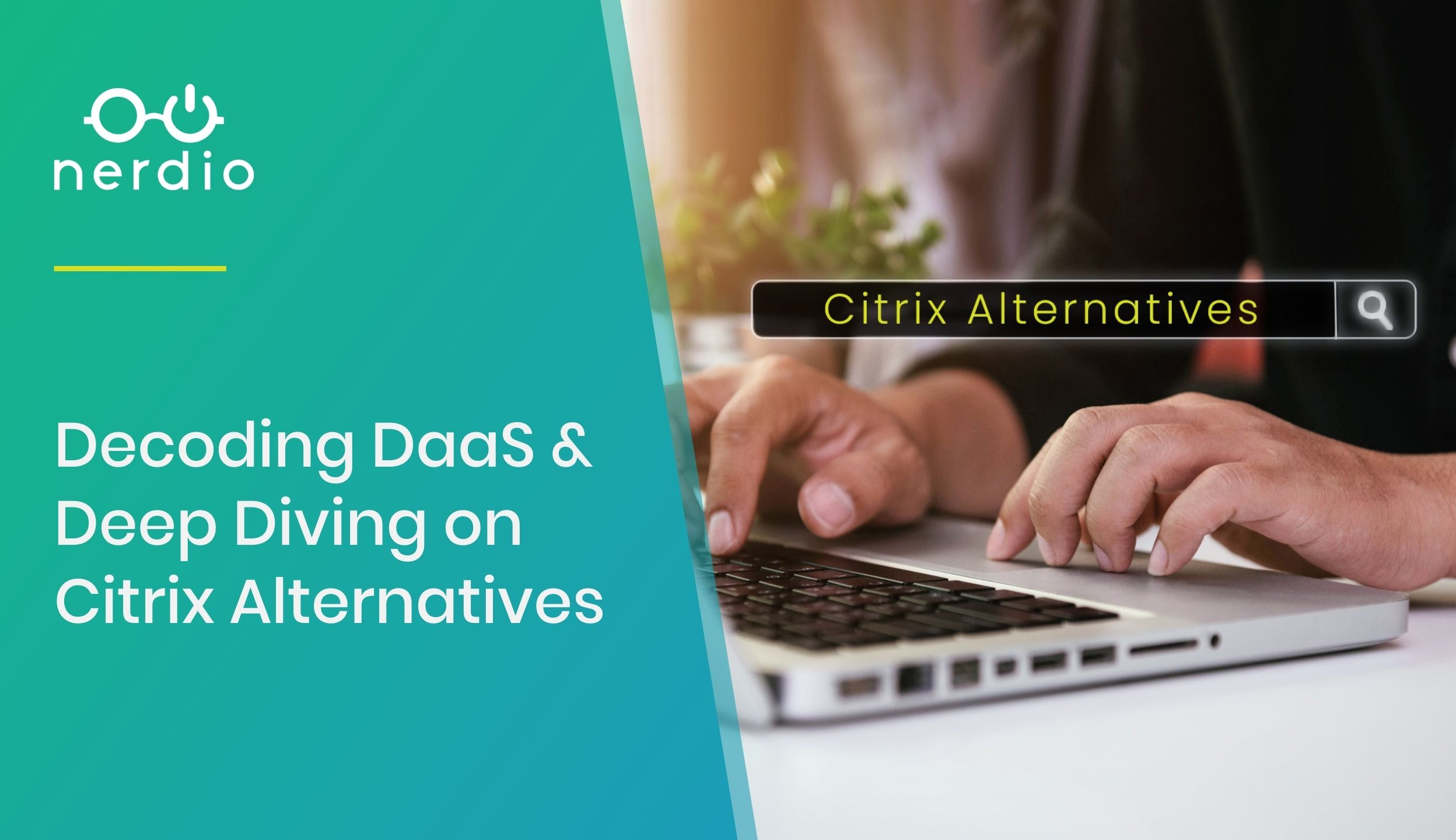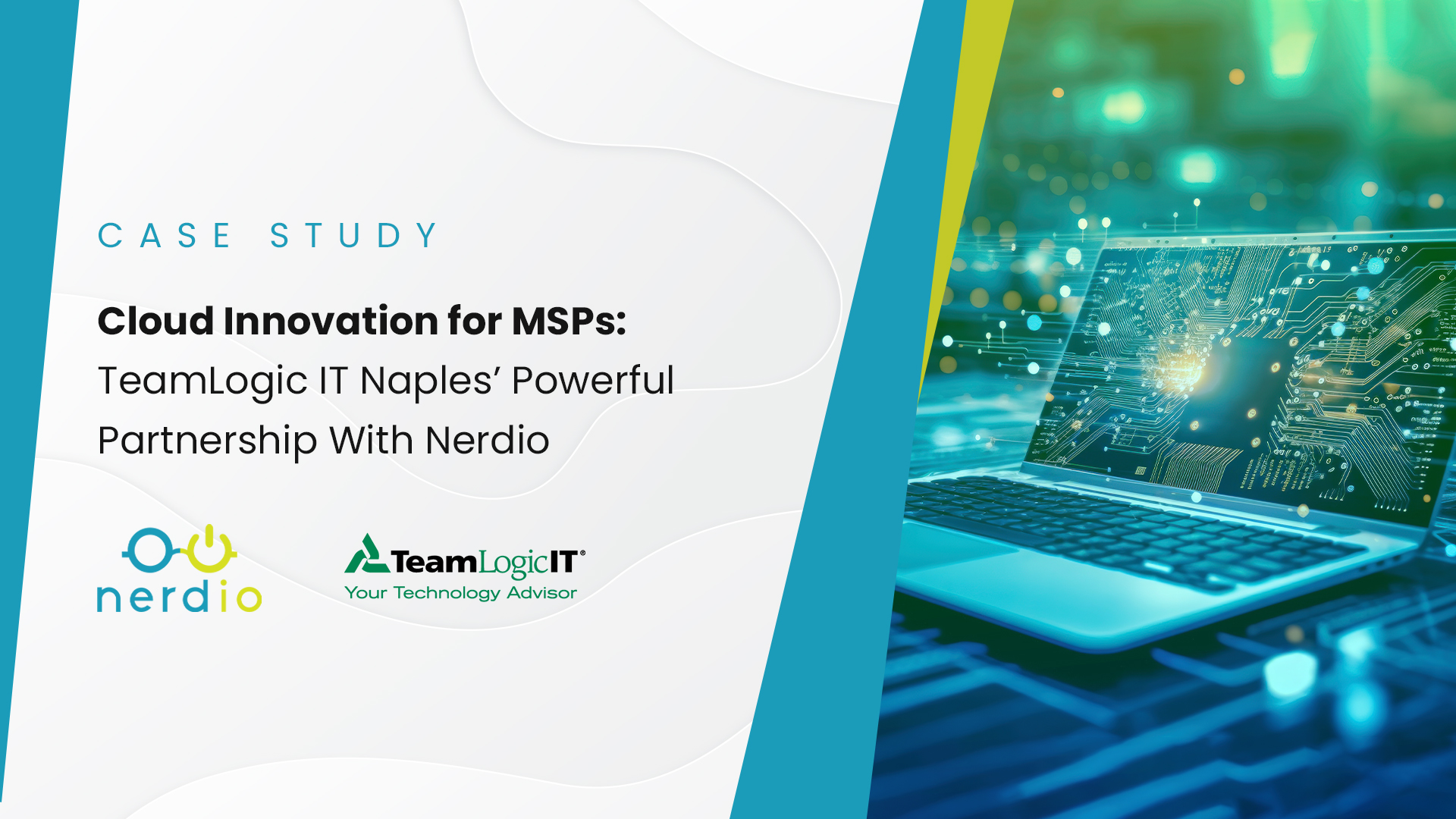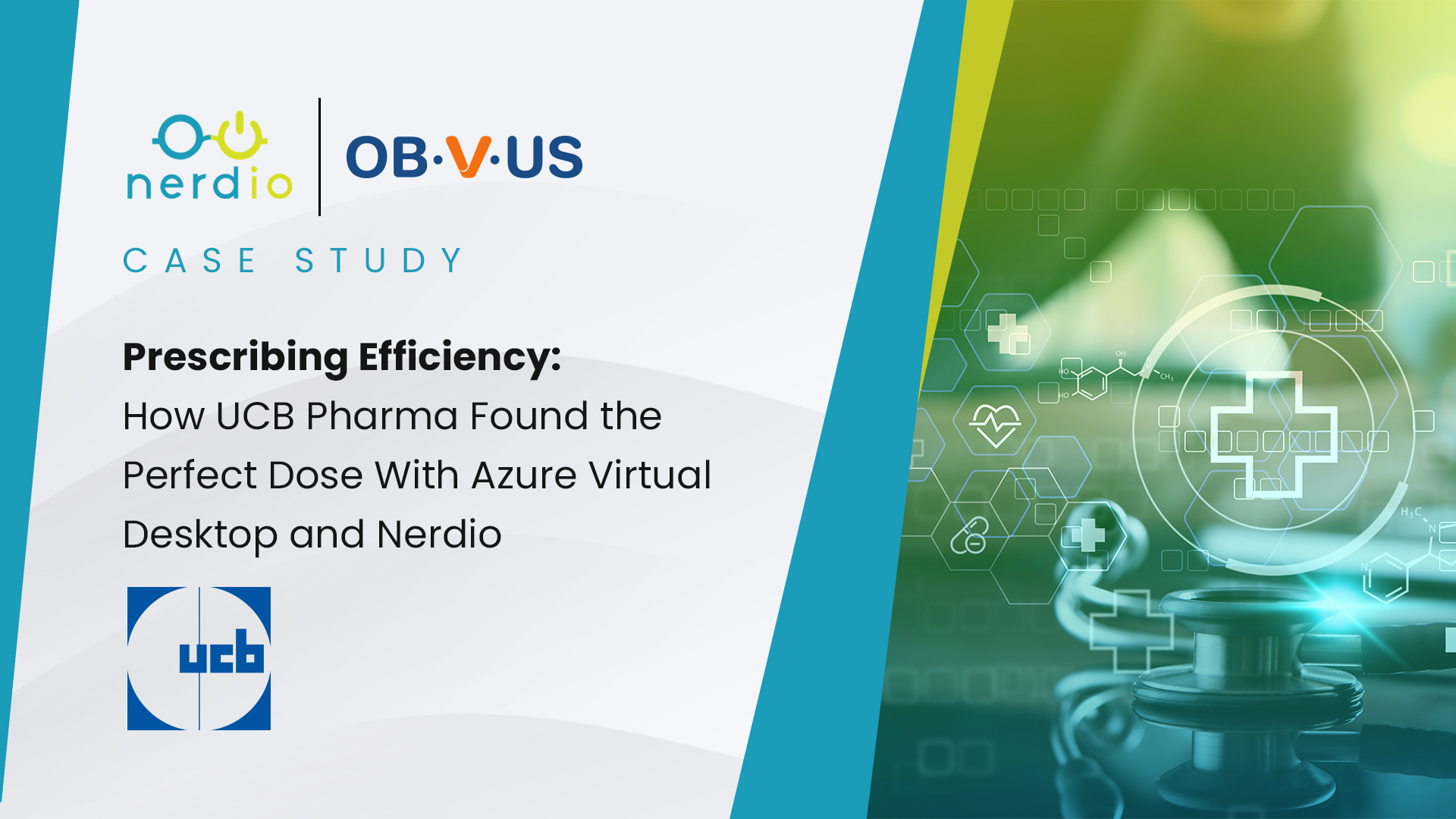Employee Spotlight: Get to Know Chuck Mikuzis
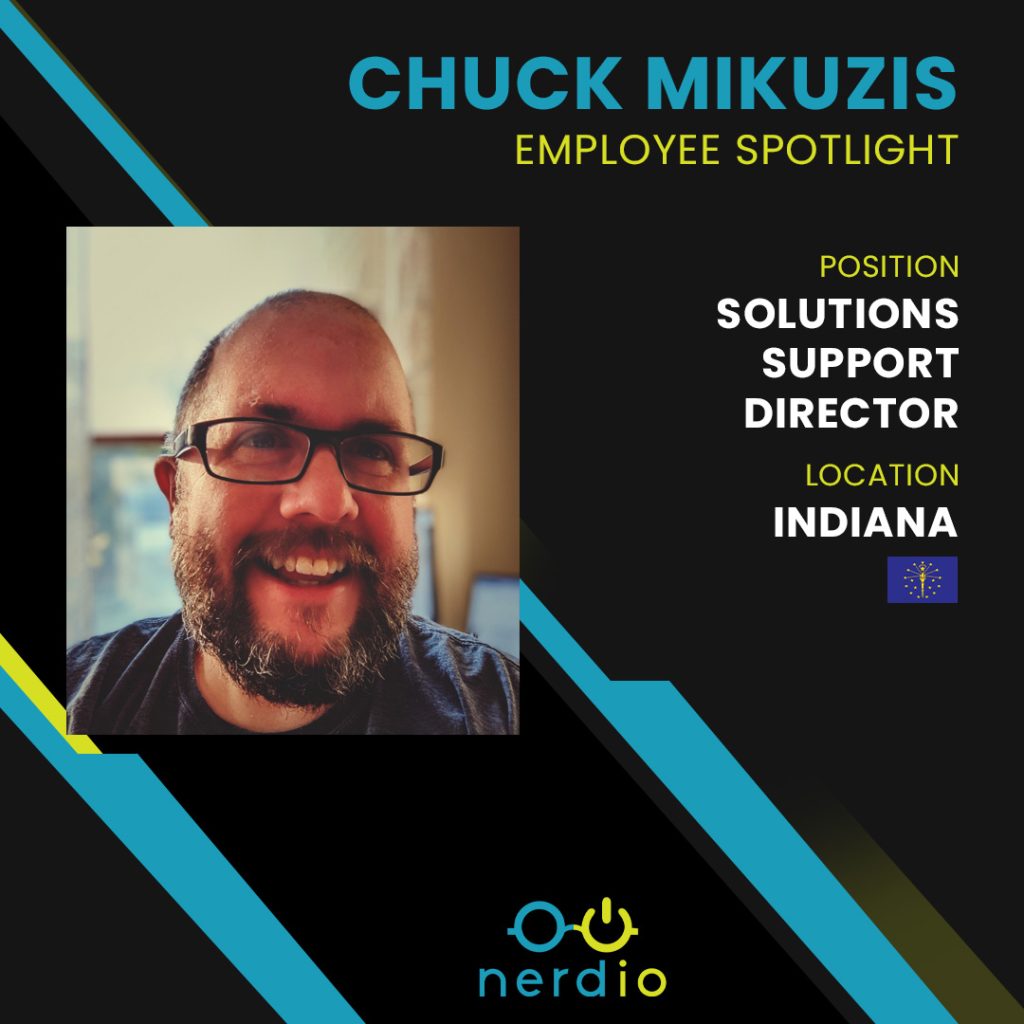
NerdioCon Nerd Icon: Amelia Paro, Kaseya

Have you claimed your spot at NerdioCon 2023 yet?! Spaces are limited and selling out fast so please visit www.nerdiocon.com to register to attend and join us and our fantastic partners and sponsors in paradise. To bring visibility to some of the experts you catch at the conference, we’re pumped to share our interview with Amelia Paro, Director of […]
Azure Virtual Desktop for Contractors & Third-Party Workers
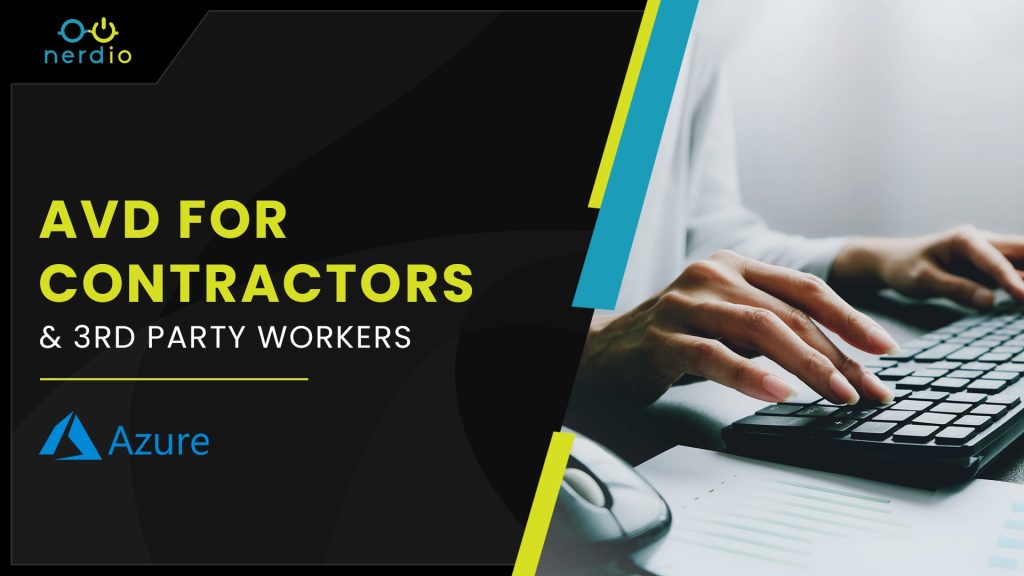
Organizations are increasingly looking to adopt the benefits of flexible working to enhance productivity and ensure that staff feel both trusted and valued in their roles. Providing your team with a secure, consistent workspace is a significant milestone for flexible working initiatives. However, while many businesses may have developed a mature flexible-working model for permanent […]
Breaking Down Microsoft Azure VMS Series: A, B, D, E, and N
Virtual Machines (VMs) in Azure come in predefined sizes that are called families or series. An individual VM is often referred to as an instance. Different VM families are designed for common use-cases and are comprised of certain amounts of CPU cores and GB of RAM. It’s not possible to arbitrarily mix and match CPU […]
NerdioCon Nerd Icon: Tim Coach, Pia

Next month, February 27 – March 3, we will be back in Cancun for NerdioCon 2023, our second in-person, all-inclusive partner conference! We are once again looking forward to bringing attendees the best content, sponsors and speakers from around the channel and are stoked to have a new enterprise partner track added this year. Spaces are […]



